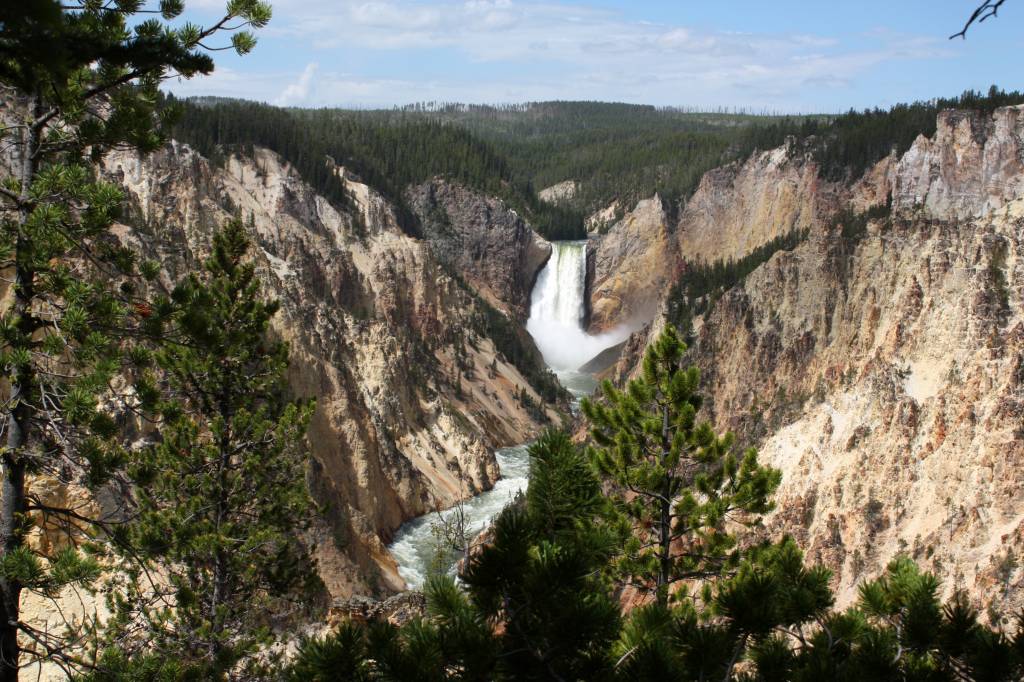How the Other Half Lives (New York)

Bandits Roost by Jacob Riis
Cities are necessary to hold people and provide jobs, but cities can also tell a story about the environment through stories of overpopulation, sanitation, and pollution.
In Jacob Riis’s 1890’s book How the Other Half Lives, we see a group of photographs that show the tenement housing and neighborhoods of New York. This photograph, Bandit’s Roost, shows a neighborhood famous for its high crime rates and New York’s gangster-ridden tenement houses. Riis and others were determined to have this area destroyed because of unsanitary conditions. In 1895, the neighborhood was razed.
This photograph was taken at 59 ½ Mulberry Street in New York City. When the original neighborhood was destroyed, many people of lower class status lost their homes and their community as people were forced out of their homes and onto the streets. This did not improve the unsanitary conditions of New York. Today, this address is Columbus Park, a communal green space where people can sit, mingle, and enjoy the fresh air.
Lower Falls, Yellowstone (Wyoming)
Federally protected lands are not exempt from human impact, although our impact is carefully monitored and regulated. Finally, in Thomas Moran’s Lower Falls, Yellowstone National Park, we see a work of art almost identical to what the landscape looks like today, nearly 150 years after Moran painted it.

Thomas Moran (1837-1926). Lower Falls, Yellowstone Park, 1893. Oil on canvas. Framed: 48 13/16 × 68 7/16 × 3 15/16 in. (124 × 173.8 × 10 cm). Image: 39 5/8 × 59 1/4 in. (100.6 × 150.5 cm). GM 0126.2344 Gilcrease Museum, Tulsa, Oklahoma.
Today, however, tourists obscure the view at “Artist Point,” the spot where Moran might have painted from, to take their own photograph of this iconic landscape. Sometimes, federally protected natural places are harmed by the sheer number of people who visit and take a photograph of this idealized, “pristine” environment.

Visitors at Artist Point above the Grand Canyon of the Yellowstone;
Jim Peaco;
May 2013;
Catalog #19288d;
Original #IMG_8865
As you can see from this article, Nature’s Nation does not focus strictly on landscapes. In fact, many artists in the exhibition depict actual locations that existed then and still do today in some way, shape, or form. The ways in which they chose to paint these images, though, relied heavily on the political, economic, and social climate of the time.
View the artwork mentioned in this post with a visit to Nature’s Nation: American Art and Environment, opening May 25 through September 9, 2019.
Happy Earth Day!
This post was written by Rebecca Gilliland, Interpretations Intern.




